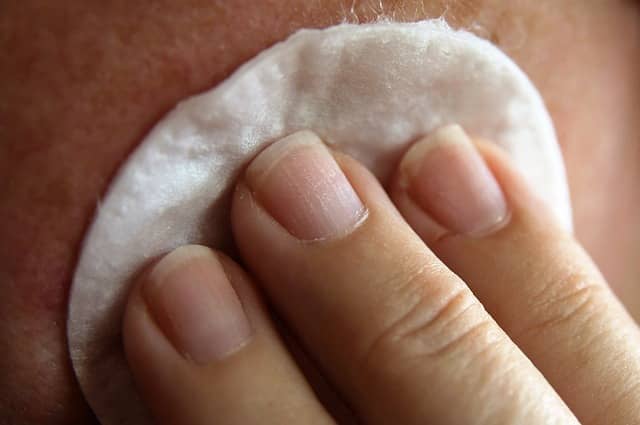Written by Min Ying Yu

In 2014, Josephine Brennan-Kuss was going about the daily business of owning a kangaroo orphanage in Australia. One day, a kangaroo began licking spots on her face, foot, and hand. Curious, she went to her doctor to find out what these suspicious-looking spots were. She discovered that these spots were skin cancer called basal cell carcinoma [1]. As fascinating as Brennan-Kuss’ case might sound, her diagnosis is not unique. Globally, 2-3 million cases of non-melanoma skin cancer and 132,000 cases of melanoma skin cancer occur each year [2]. In the face of the pervasiveness of skin cancer, a new method of early detection can be found through our phones!
SkinVision is one example of an app that serves as an informative tool for detecting skin cancer. It can be downloaded for free on the App Store and Google Play Store. Anyone who is concerned about a mole or any other skin condition can use it. To use it, the person should first take a picture of their skin condition with the app’s camera under natural light. The app will analyze the photo with a dermatologically-approved algorithm that accounts for different aspects of the skin condition, such as the color, texture, and shape. It will then predict what the skin condition could and provide steps on how to proceed. To make the most of the app, the user can create a gallery of photos, send the pictures to their doctor for a professional diagnosis, and to continuously track changes in their skin conditions [3].
While SkinVision is currently focusing on detecting common skin cancers like melanoma and basal cell carcinoma, computer scientists at Stanford University are planning to expand the range of skin conditions that mobile apps can detect with their newly developed algorithm. The scientists modified a Google algorithm and applied it to skin conditions using principles such as visual and deep processing. Ultimately, they were able to have a computer process 130,000 international images of skin lesions that represented 2,000 different skin conditions! [4] The algorithm was then tested against dermatological evaluations, and its accuracy was shown to be 91% in the sensitivity-specificity curve. With these results, computer scientists are now confident that they can release an app in the future that is able to predict a larger variety of skin conditions.
While both SkinVision and the Stanford algorithm seek to help people take charge of their own health, these developments are not meant to replace a health professional’s diagnosis. Instead, they are promoting early detection and greater awareness of skin conditions. They can give users more information about potential skin conditions and can help them generate more specific questions that they can ask their physicians. These technological developments also serve as indications of a larger trend in medicine: an increasing awareness of the importance of our skin. Since our skin is the largest organ in our bodies, we should give it the technological attention that it deserves.
References:
2. “Skin Cancers.” World Health Organization. World Health Organization. Web. 26 Feb. 2017.
3. “SkinVision Support.” SkinVision. SkinVision. Web. 04 Mar. 2017.
4. Kubota, Taylor. “Artificial Intelligence Used to Identify Skin Cancer.” Stanford News. Stanford News, 13 Feb. 2017. Web. 26 Feb. 2017.